7 indoor plants for fall – these houseplants will thrive during the cooler seasons
Looking for a natural, seasonal refresh for your home? Choose indoor plants that add an autumnal vibe and enjoy cooler temperatures
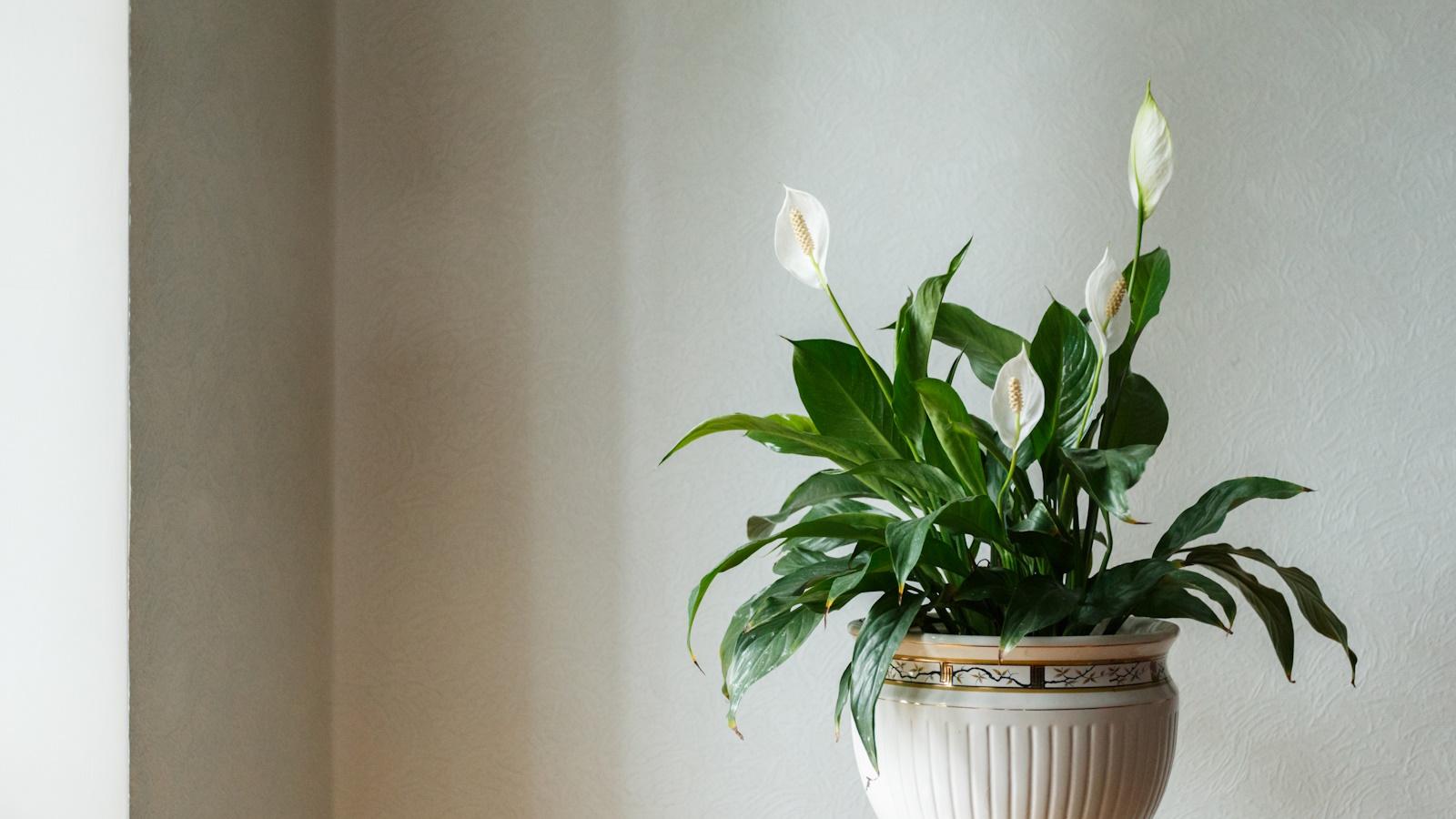

Fall is the perfect time to add a natural touch of coziness to your home. As the shades of summer fade into the crisp autumnal air, our homes become the perfect sanctuary for lush indoor greenery.
While our outdoor gardens naturally transition with the seasons, there are certain indoor plants that will thrive during cooler temperatures and lower light levels of fall and winter.
We have compiled an expert list of the best indoor plants to keep your home vibrant and alive as our yards go dormant. From low-maintenance favorites to leafy showstoppers, these plants are the perfect indoor companions for a cozy fall.
1. Snake plant
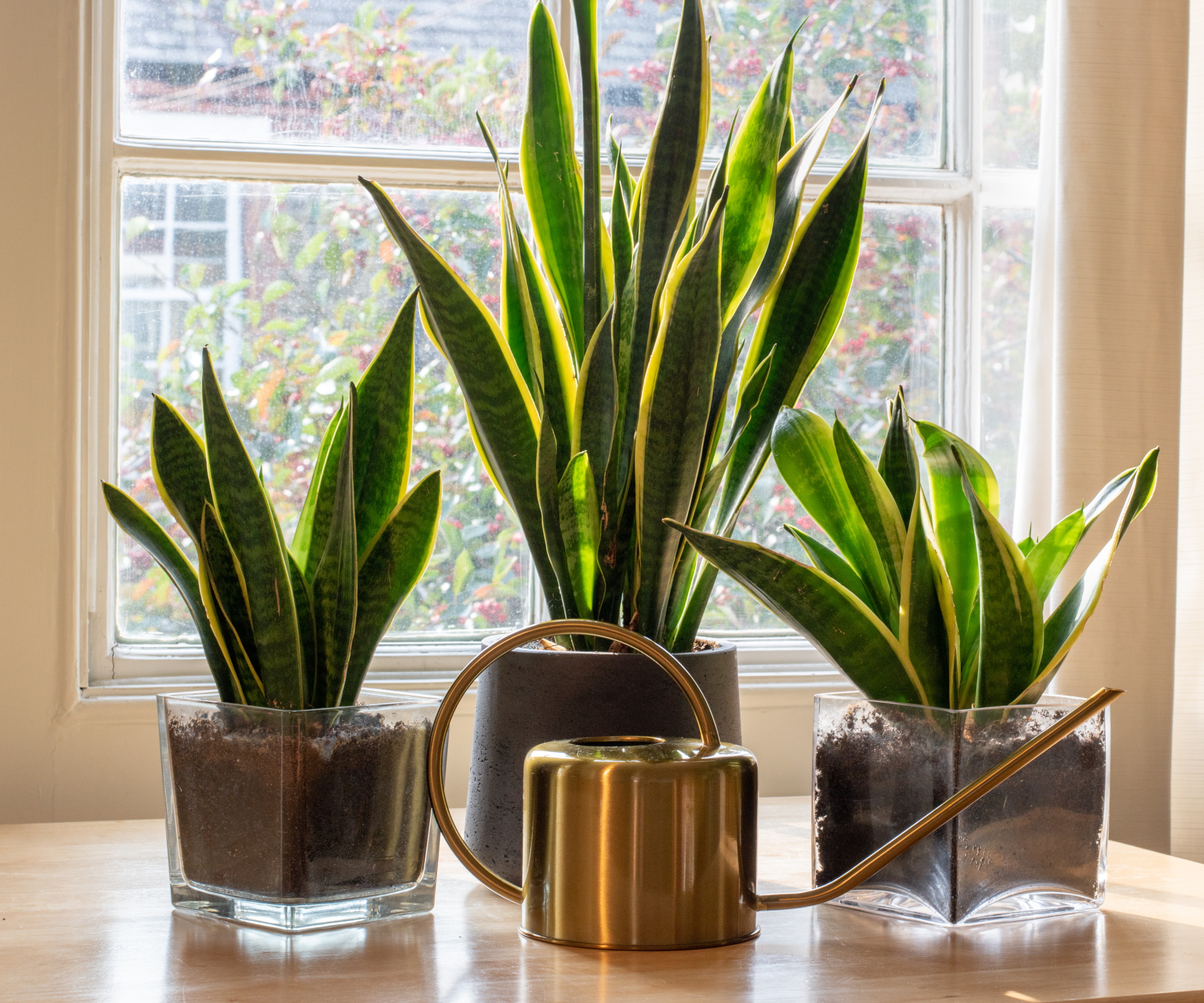
The snake plant, or Sansevieria, is a popular indoor plant which is known for its upright, sword-shaped leaves. Belonging to the Asparagaceae family, its thick leaves often feature a pattern of green, yellow or silver variegation.
Snake plant care is fairly simple - these plants are low maintenance and can tolerate a wide range of lighting conditions, making them ideal for fall months.
Snake plants prefer temperatures between 60–80°F. Water sparingly as the snake plant stores water in its leaves - and let the soil dry out before watering. This plant thrives in low humidity, making it perfect for drier indoor conditions in the fall.
2. Pothos
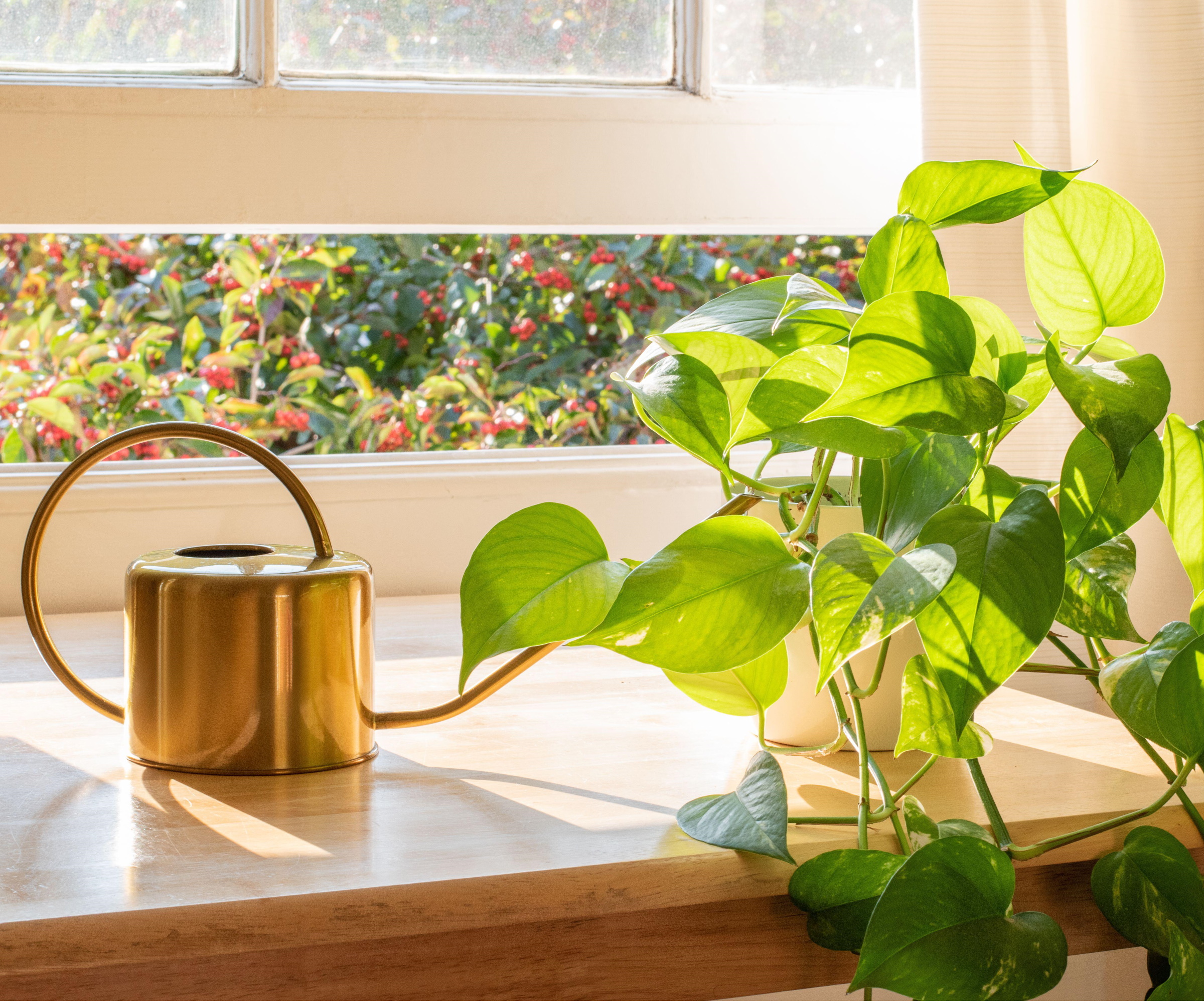
If fall is a busy time for you, a pothos variety, or Epipremnum aureum could be the perfect plant for your home.
Also known as devil's ivy, this plant is famous for its trailing vines and heart-shaped leaves. Native to the Solomon Islands, pothos belong to the Araceae family and often display variegation, with green, yellow, or white streaks.
Pothos can tolerate neglect from watering and are incredibly hardy, which is a key quality when searching for the best indoor plants for fall. It also thrives in a range of light conditions from low to bright, indirect light.
Due to its ability to grow long, cascading vines, it is a favorite for hanging baskets like these macrame ones from Amazon, or trailing along shelves, making it a go-to plant for beginners as well as seasoned plant parents.
3. Peace Lily

When it comes to indoor plants, it’s always hard not to mention peace lilies, or Spathiphyllum.
This plant is very popular for a houseplant, especially in fall, as it flourishes in low light conditions which are more common during the colder months. An ideal temperature range for a peace lily is 65-75°F.
Alongside its dark green glossy leaves, the peace lily has a signature flower which looks like a white hood surrounding a central spike - symbolizing peace and purity and giving the plant its name.
They prefer consistently moist soil, but can tolerate some periods of drought. It's recommended to mist peace lilies with a mister like this from Walmart.
4. Bella Palm
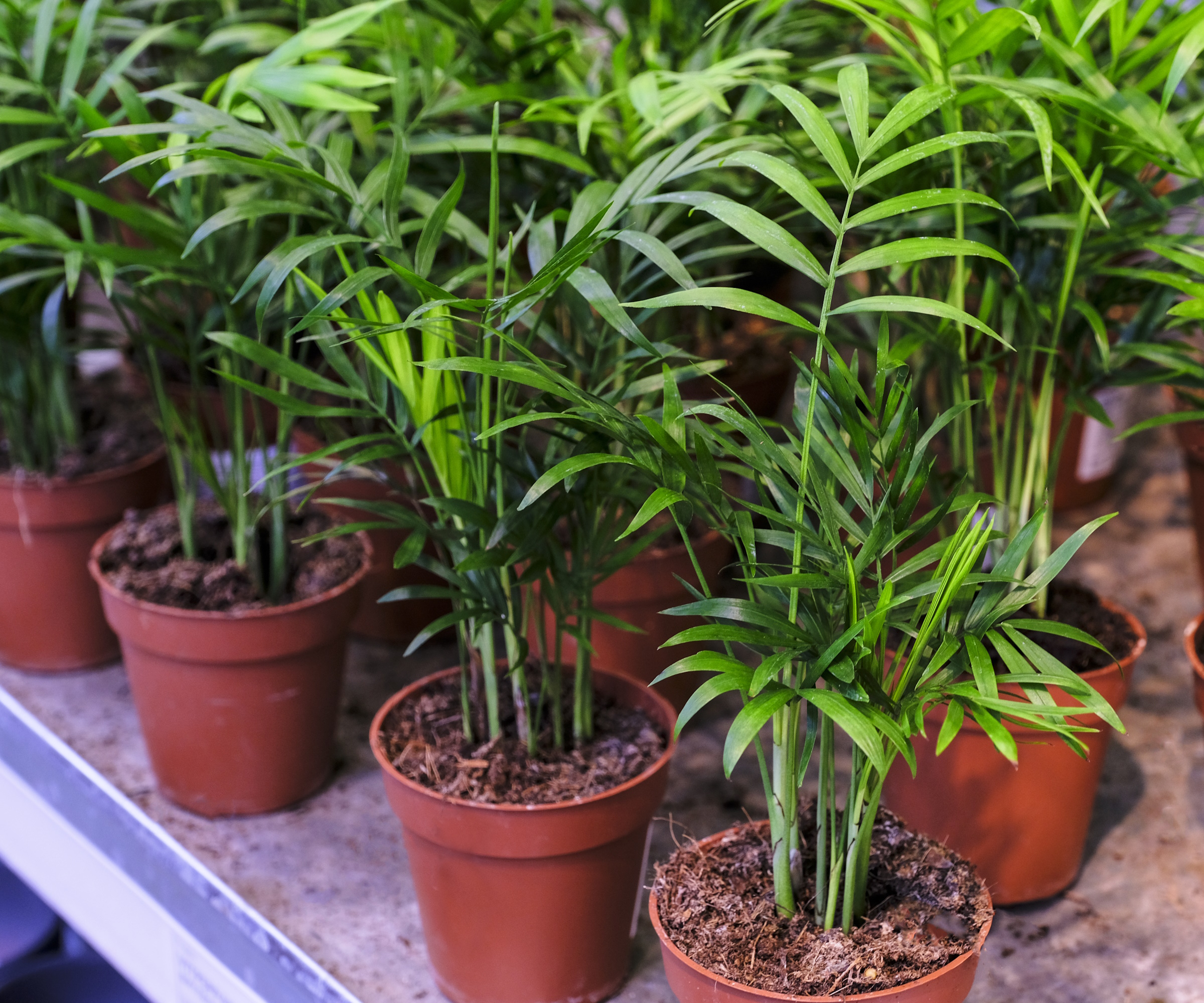
A tropical indoor plant cherished for its elegance is the bella palm, also known as Chamaedorea elegans.
It has vibrant green foliage and brings a fresh, natural aesthetic to any indoor space, making it a favorite among plant enthusiasts.
‘While this plant appreciates higher humidity, it can still adapt well to the typically drier indoor air of heated homes,’ says Donna Letier, Founder and CEO of Gardenuity.
‘A pebble tray or occasional misting can help maintain the right humidity levels. The bella palm does well in indirect low light, making it perfect for homes where natural sunlight may be limited during shorter fall and winter days,’ she adds.

Donna Letier is the CEO and co-founder of Gardenuity, a company merging gardening with the wellness sector through personalized container gardens and gardening experiences.
5. ZZ plant
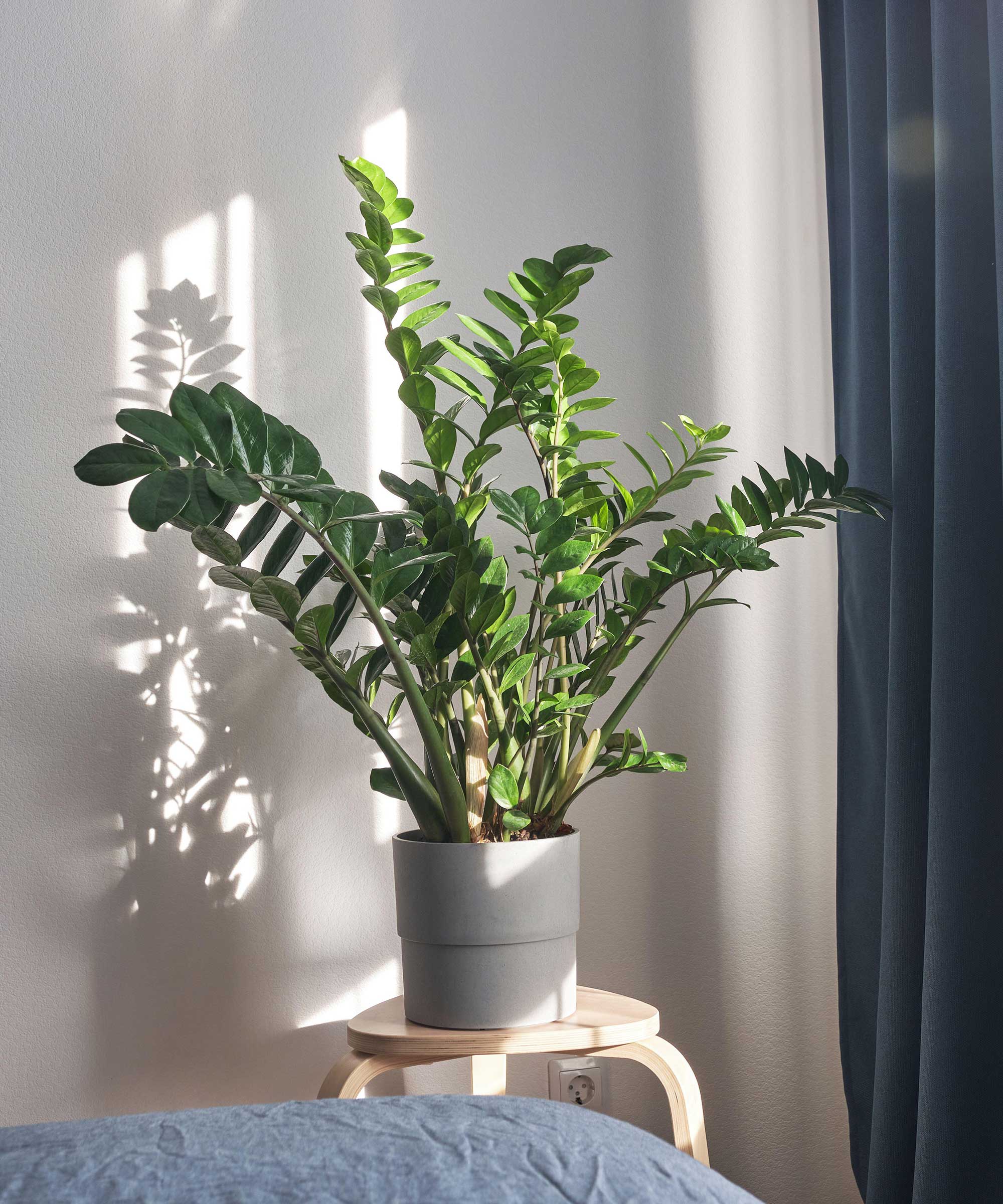
The ZZ plant is a perfect plant for beginners to choose in fall, and those who can’t commit to fussy plants that need a lot of attention.
‘The ZZ plant can tolerate very low light levels, although it will sprout new growth fastest in bright, indirect light.’ says Vladan Nikolic, Founder of Mr Houseplant.
‘It is also not a thirsty plant, and you should water it only when the potting mix is completely dry. ZZ plants are elegant and simple and can easily fit into any aesthetics.’ Vladan adds.
You can find ZZ plants available from Perfect Plants.

Vladan Nikolic is a houseplant expert with over 10 years of experience. He is the founder of the houseplant care blog Mr. Houseplant and is a social media influencer for houseplants with over 500,000 followers.
6. Chinese evergreen
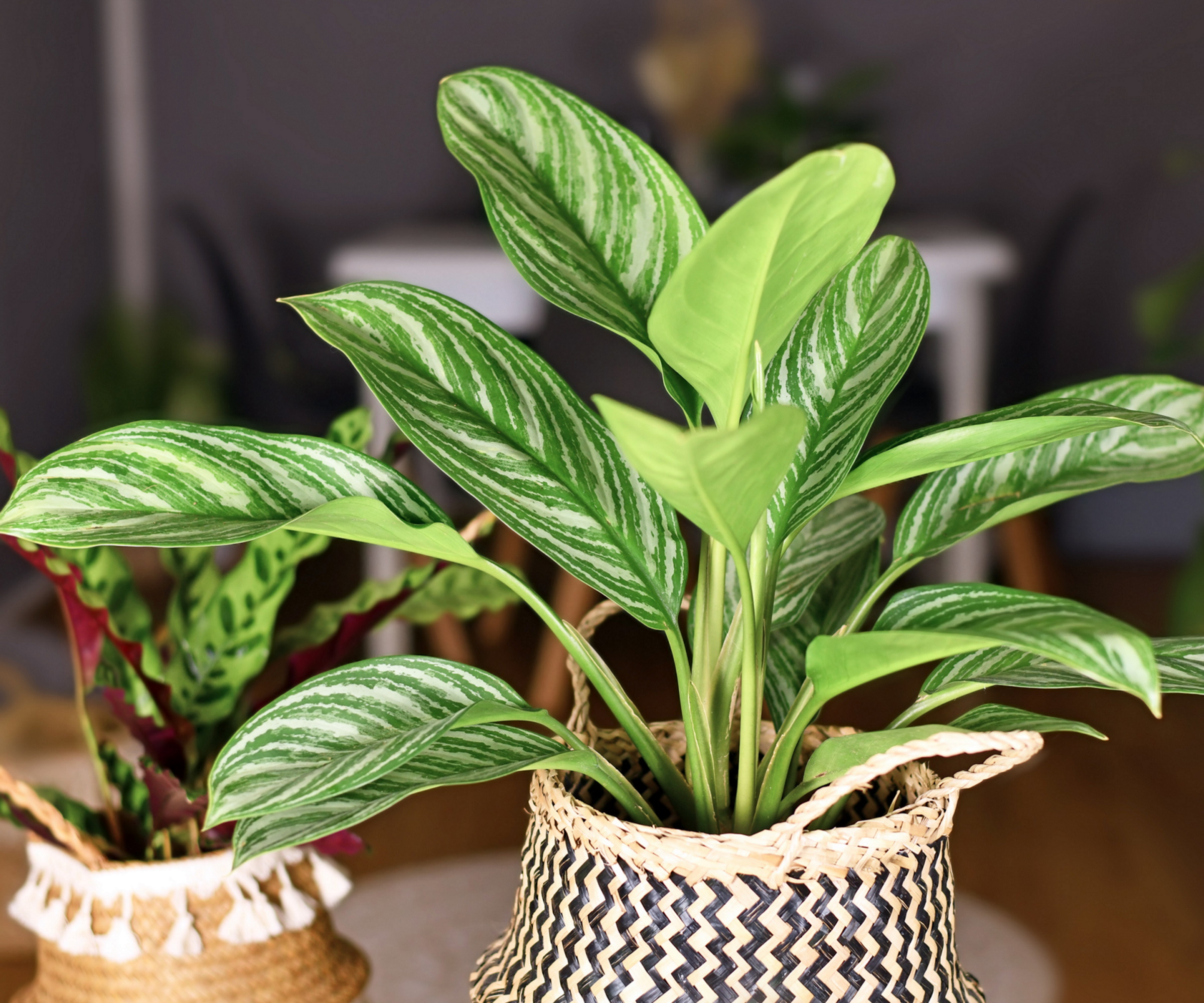
The Chinese evergreen, or Aglaonema is an ideal plant for fall, thanks to its resilience and ability to thrive in lower light conditions, making it perfect for the shorter, cooler days of the season.
I have this plant in my living room, and it’s autumnal colors makes the room cozy and seasonal. With its variegated foliage in shades of green, silver, and sometimes red, this low-maintenance plant brings a touch of fall color indoors as the outdoor landscape starts to change.
It tolerates indoor temperature fluctuations and requires minimal watering, making it an excellent choice for fall when the air becomes drier.
7. Aspidistra
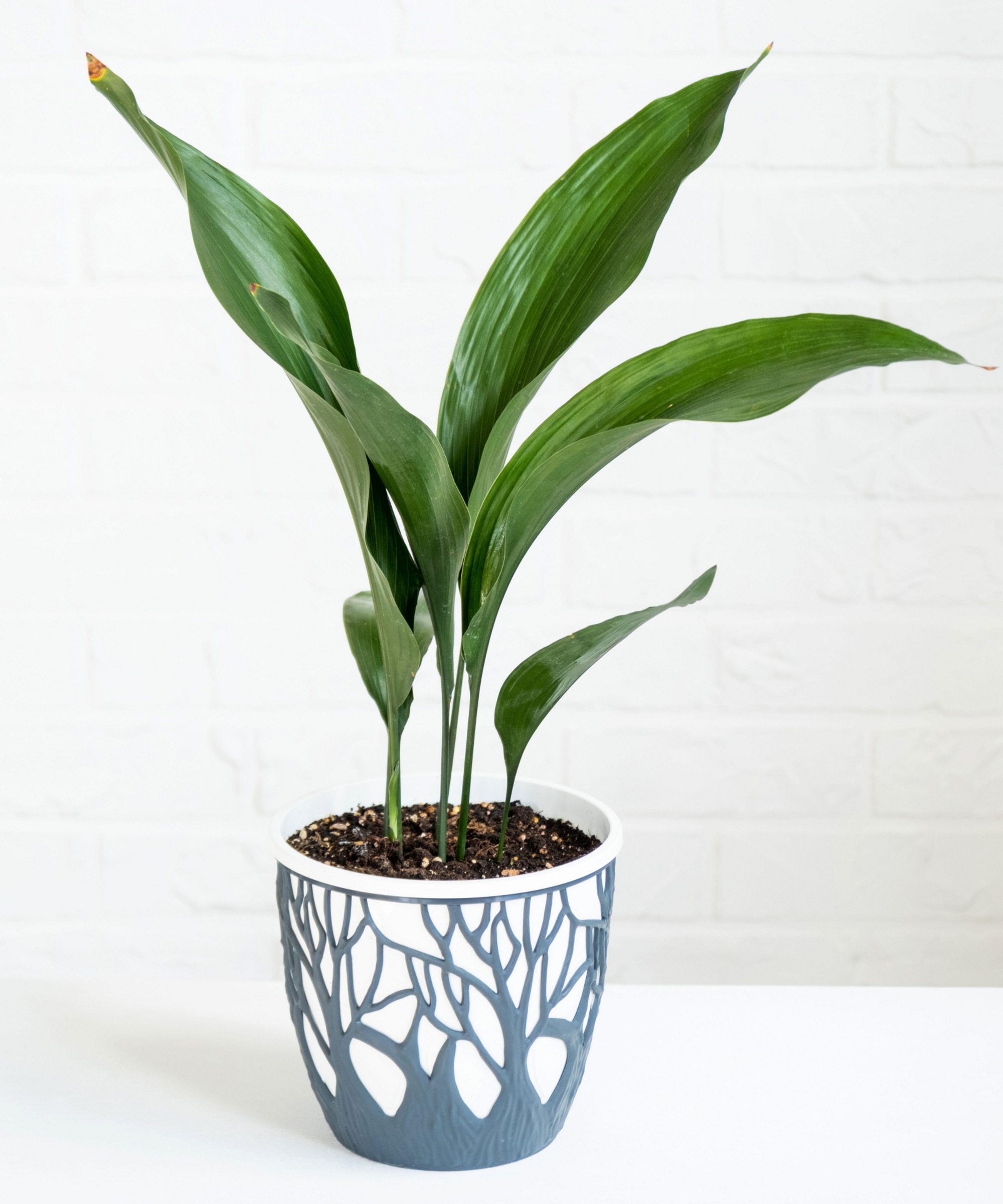
Aspidistra, commonly known as the cast iron plant, is a hardy, low-maintenance houseplant that makes an excellent choice for fall.
Its broad, dark green leaves add a lush, elegant touch to indoor spaces as the outdoor foliage begins to fade. Aspidistras are known for their resilience and can tolerate low light, making them ideal for the shorter days of fall.
During the colder seasons, it's important to reduce watering, allowing the soil to dry out slightly as the plant's growth slows with cooler temperatures. Keeping it away from direct drafts and maintaining a consistent indoor temperature will help it thrive. Occasional dusting of its large leaves will also keep it looking fresh and allow for better photosynthesis during the season.
Two other seasonal and hugely popular indoor plants, especially at this time of year are the Thanksgiving and Christmas cacti. They are very similar in appearance, but are in fact different plants. We created a really useful guide on how to avoid Christmas cactus mistakes, and these tips can be transferred to lots of different houseplant varieties to help optimize your care routines in winter.
Sign up to the Homes & Gardens newsletter
Design expertise in your inbox – from inspiring decorating ideas and beautiful celebrity homes to practical gardening advice and shopping round-ups.

Holly has a degree in broadcast and multi-media journalism from the University of East Anglia and has been a reporter for over a year. She has been tending to her family's allotment for nearly a decade.
-
 How to grow strawflowers – for bold summer color, perfect stems for cutting, and long-lasting dried displays
How to grow strawflowers – for bold summer color, perfect stems for cutting, and long-lasting dried displaysGardening experts share advice, including tips on pruning, watering, and growing from seed
-
 I'm bringing Halle Bailey's closet organization rule into my tiny bedroom: It's all about knowing what to hang up and what to fold
I'm bringing Halle Bailey's closet organization rule into my tiny bedroom: It's all about knowing what to hang up and what to foldThe actress's closet features a mix of pull-out drawers, open shelves, and clothing rails for a closet that prioritizes accessibility and tidiness
-
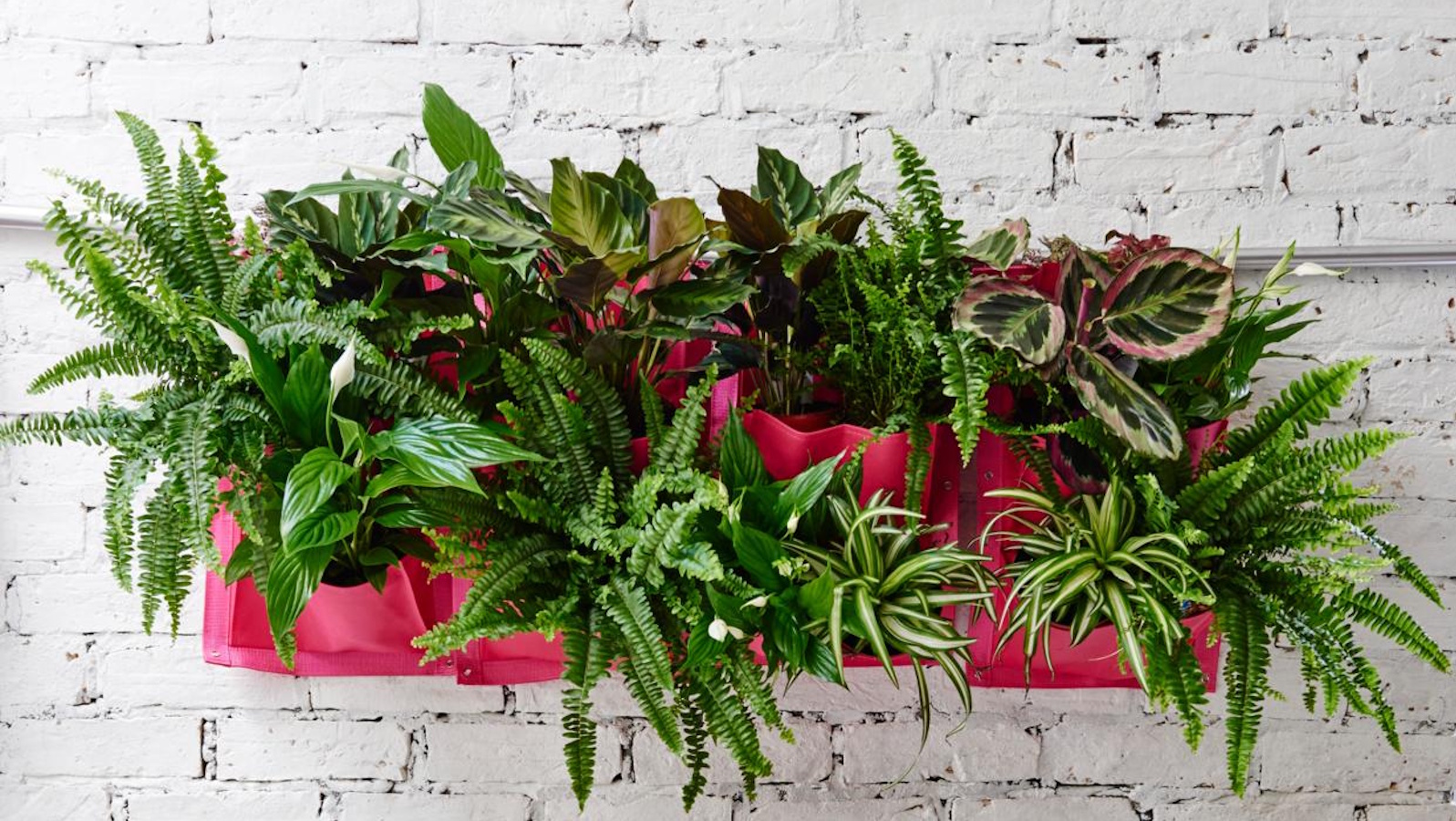 I've spent hours struggling to keep my fern hydrated – this $6 self-watering planter is one of the best low-maintenance solutions I've seen
I've spent hours struggling to keep my fern hydrated – this $6 self-watering planter is one of the best low-maintenance solutions I've seenWith this planter, your fern will thrive on neglect
-
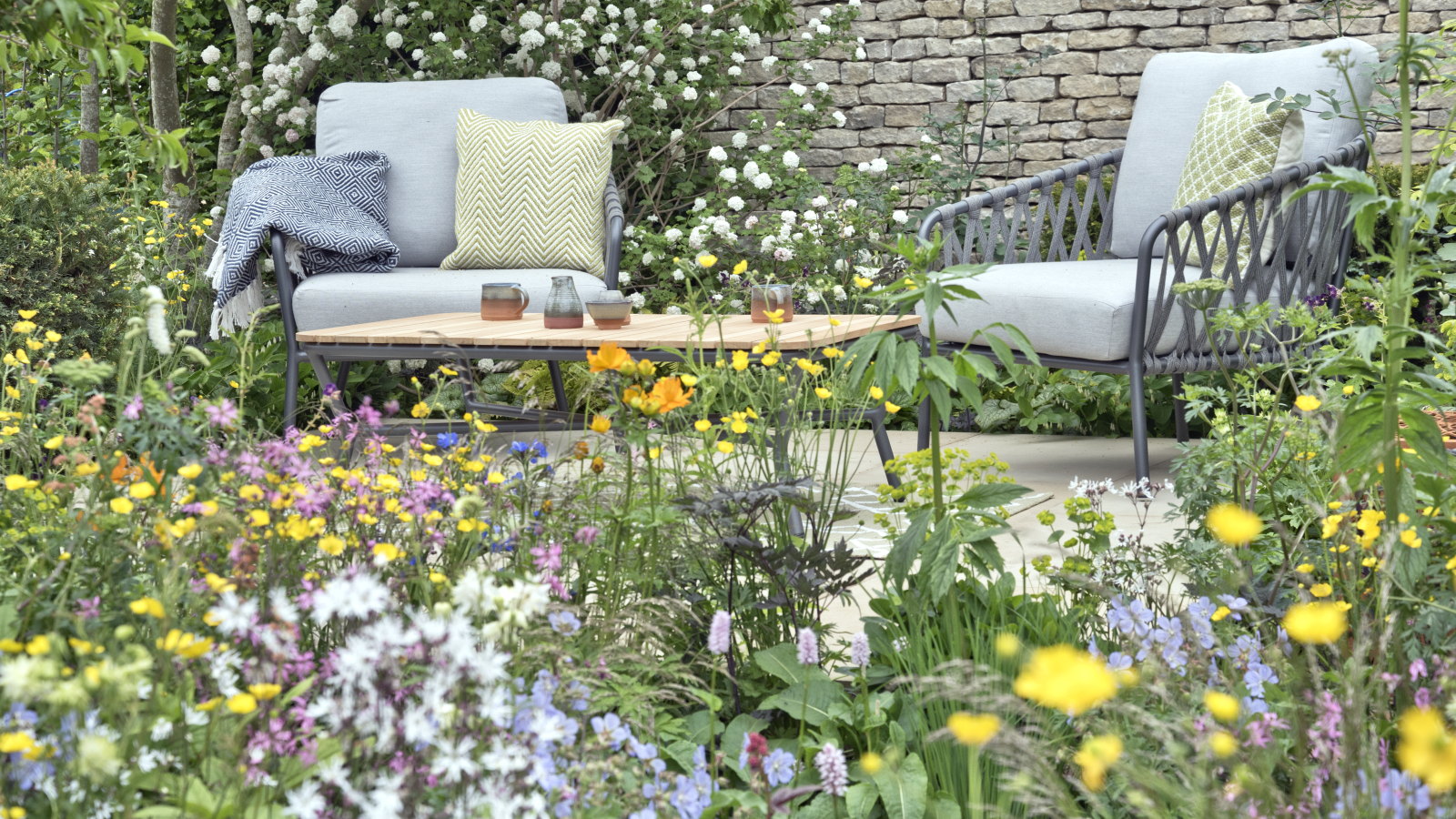 9 garden upgrades landscape designers never regret – thoughtful, stylish changes that will elevate a yard for years to come
9 garden upgrades landscape designers never regret – thoughtful, stylish changes that will elevate a yard for years to comeSay hello to the outdoor improvements that never go out of style – and always earn their keep
-
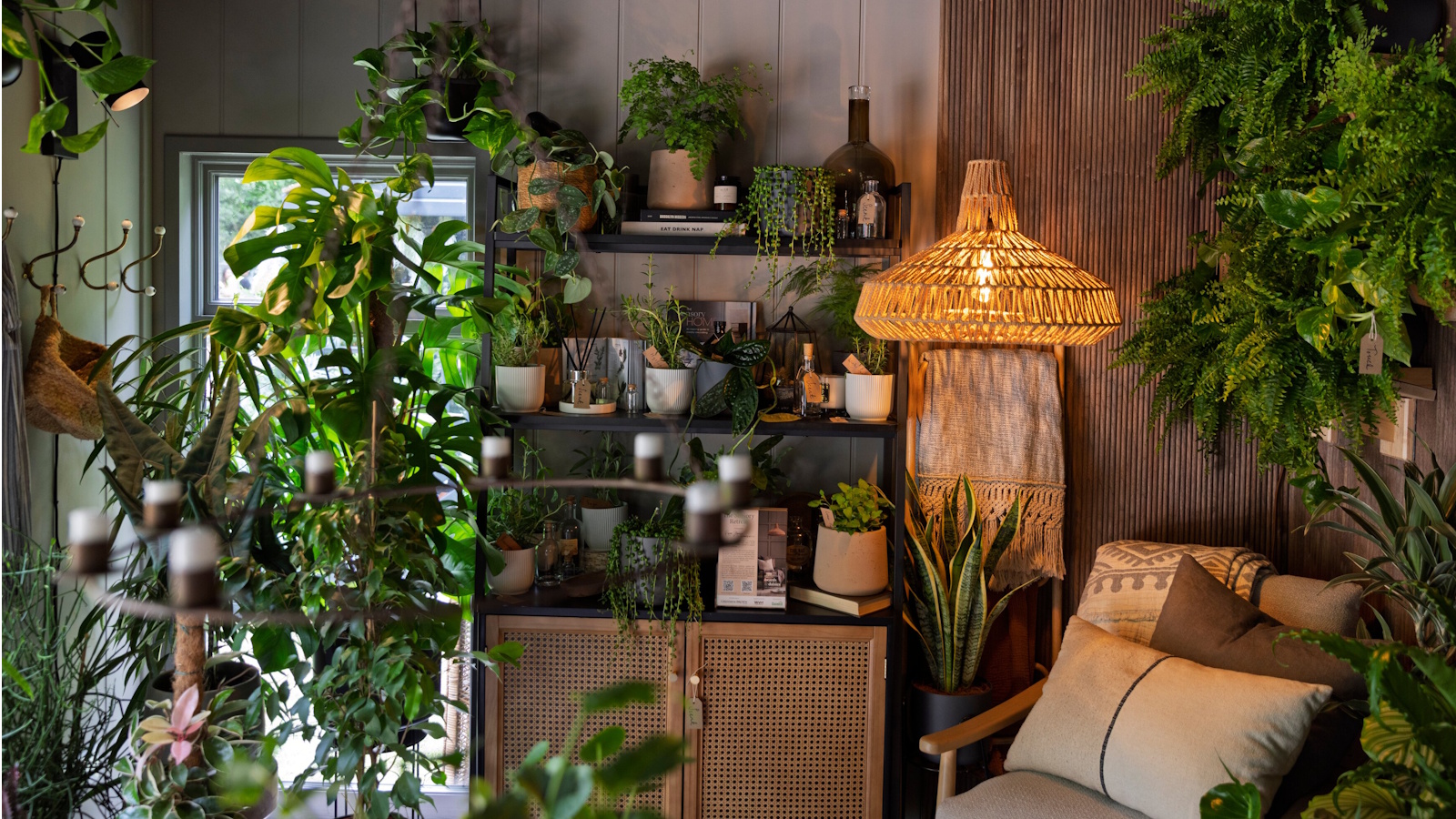 I'm hopping on these 5 eye-catching houseplant trends after being wowed by them at the Chelsea Flower Show 2025 – they're all easy to recreate at home
I'm hopping on these 5 eye-catching houseplant trends after being wowed by them at the Chelsea Flower Show 2025 – they're all easy to recreate at homeThis year's Houseplant Studios are bursting with fresh ideas to take your indoor garden to the next level
-
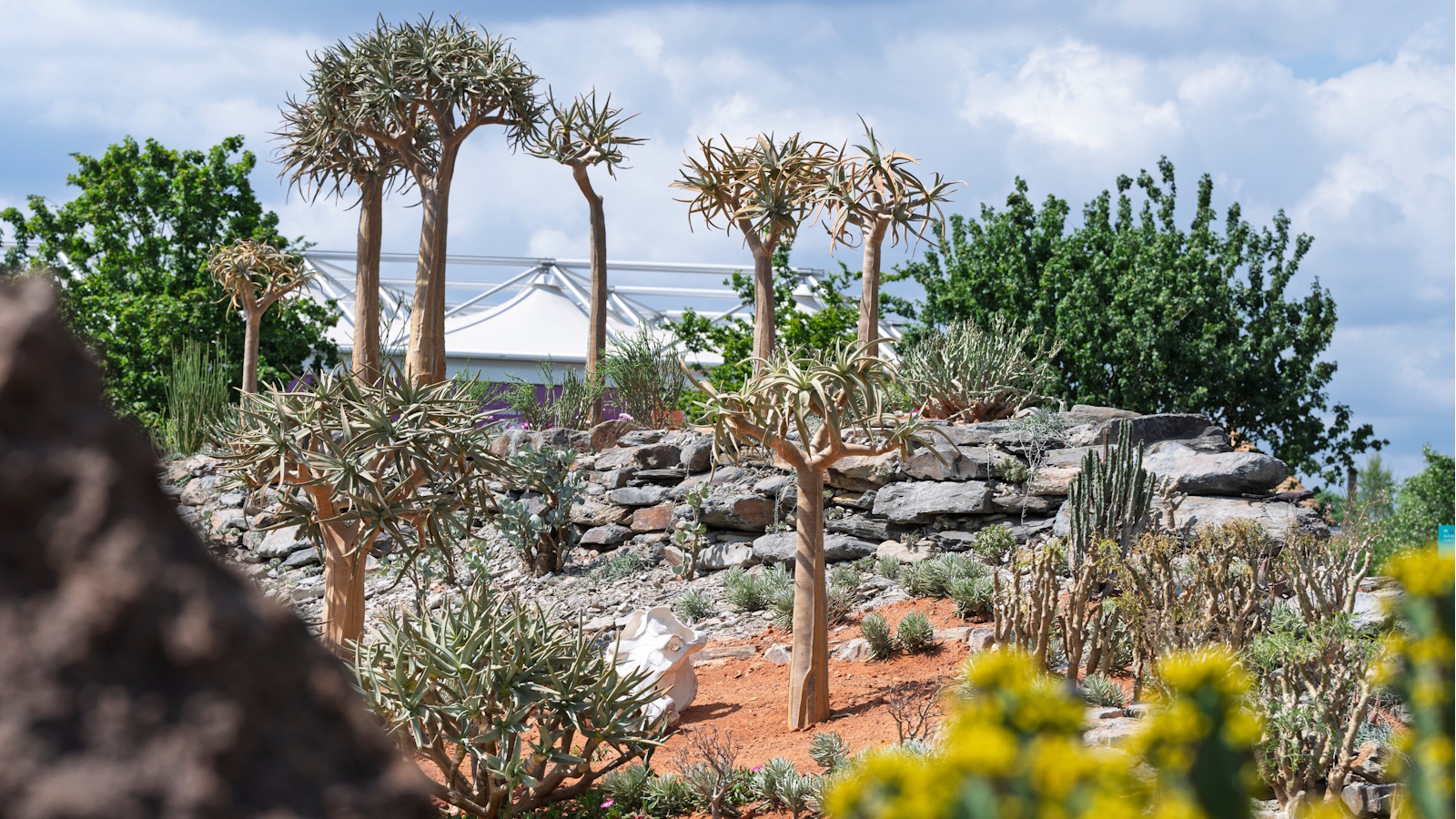 Chelsea Flower Show's South African succulent garden is a masterclass in sculptural planting – the designers reveal how you can easily grow these desert plants at home
Chelsea Flower Show's South African succulent garden is a masterclass in sculptural planting – the designers reveal how you can easily grow these desert plants at homeNative to an arid, hot climate, some of these unique plants can surprisingly be grown throughout the US, too
-
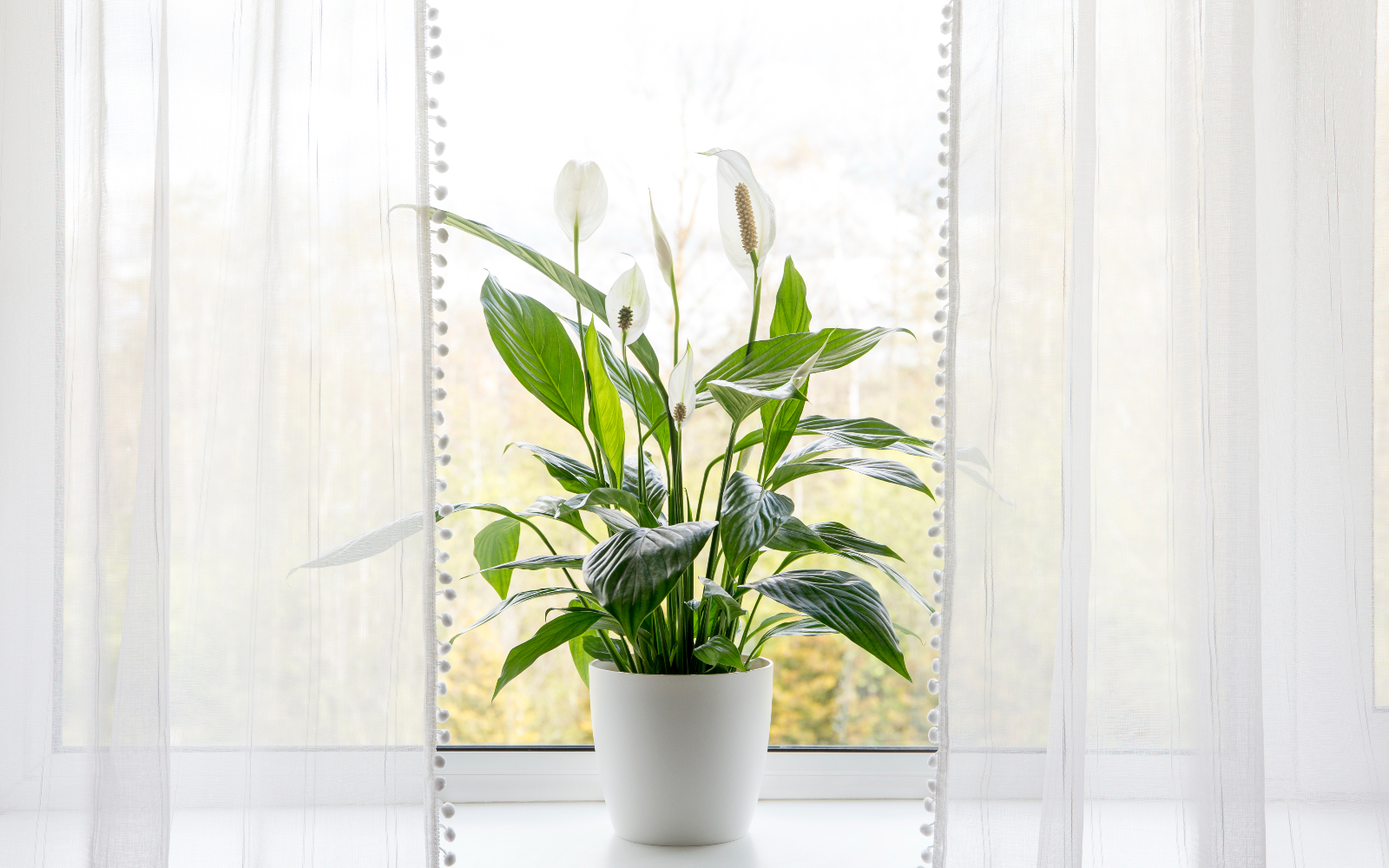 How to make your own peace lily fertilizer – an expert-approved recipe to encourage long-lasting, sophisticated blooms
How to make your own peace lily fertilizer – an expert-approved recipe to encourage long-lasting, sophisticated bloomsThere are plenty of kitchen scraps you can use to feed you peace lily
-
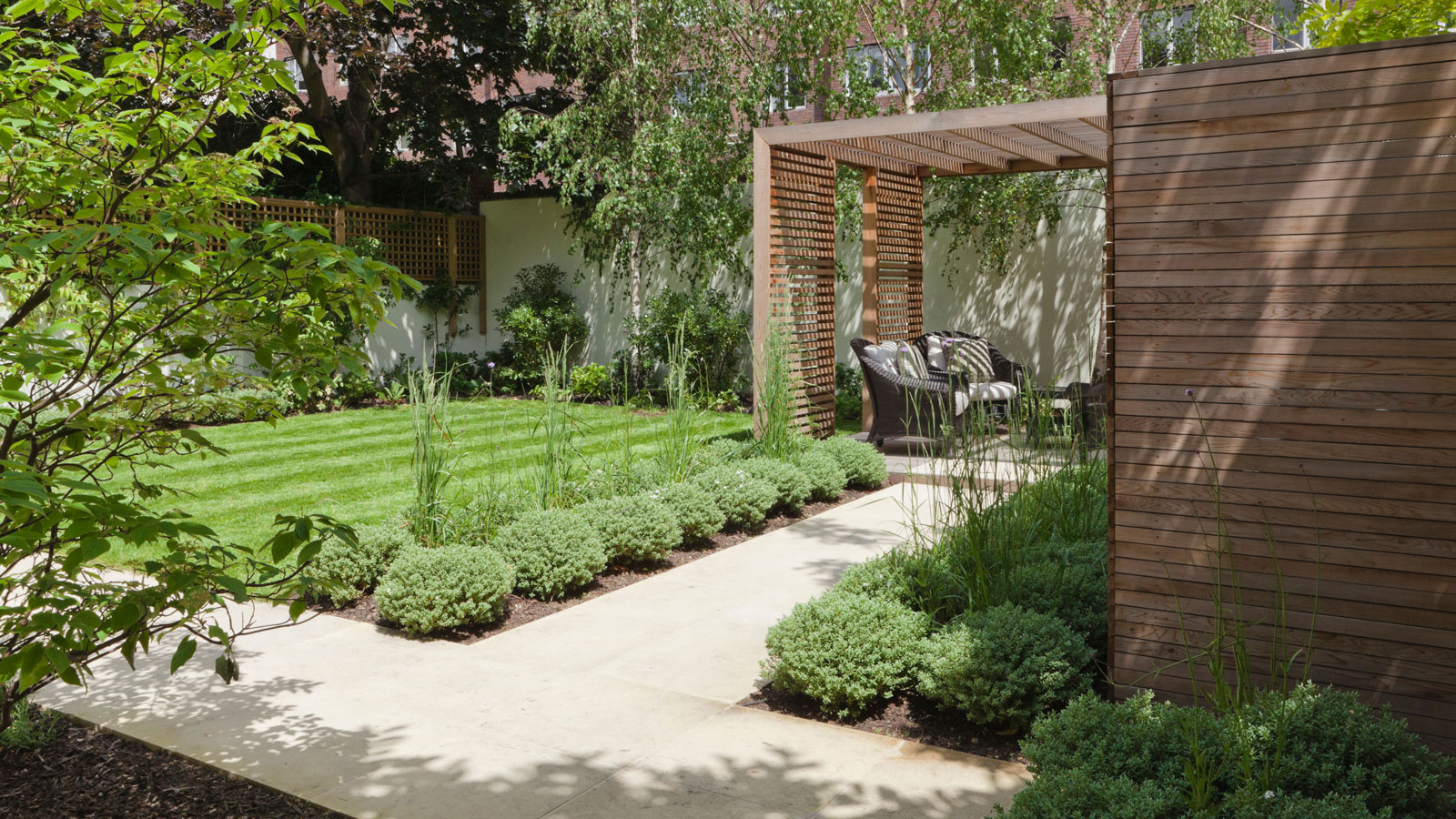 How to design a minimalist garden – 7 beautiful ideas to transform your backyard into a calming retreat
How to design a minimalist garden – 7 beautiful ideas to transform your backyard into a calming retreatGarden designers share their top tips for a dreamy, stripped back outdoor space
-
 How to propagate an asparagus fern – this is the only method I use and it works every time
How to propagate an asparagus fern – this is the only method I use and it works every timeDuplicate the soft fronds of these ferns with this easy technique
-
 I stopped my monstera leaves curling by making these easy changes – now its statement foliage is the best its ever looked
I stopped my monstera leaves curling by making these easy changes – now its statement foliage is the best its ever lookedKeep your monstera looking perky by managing moisture levels correctly